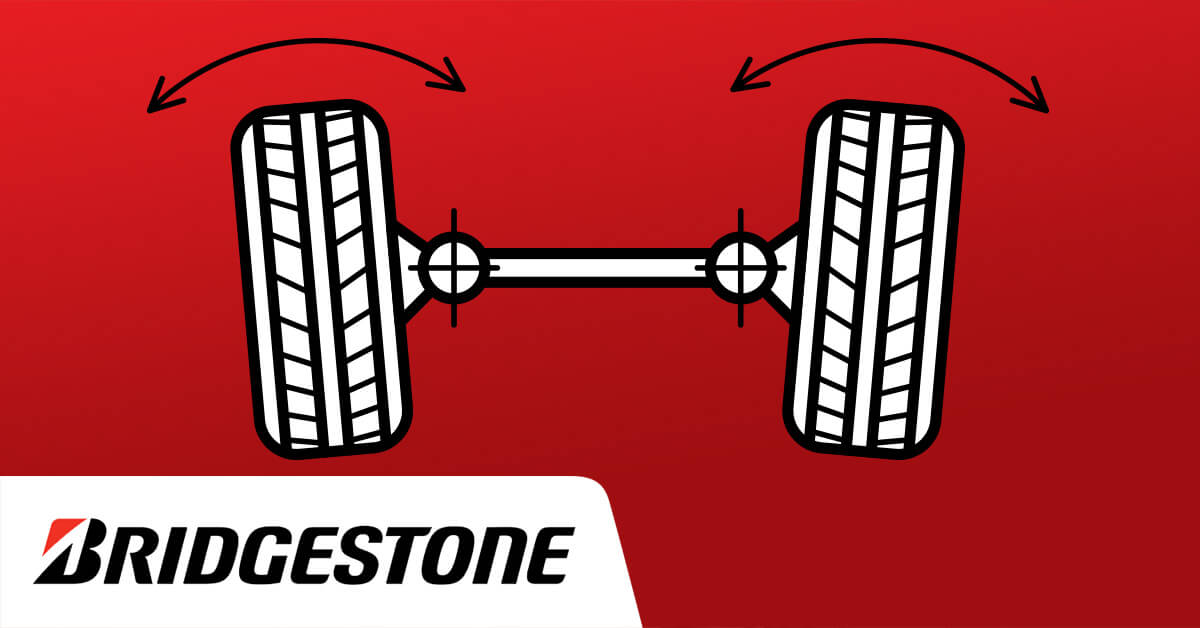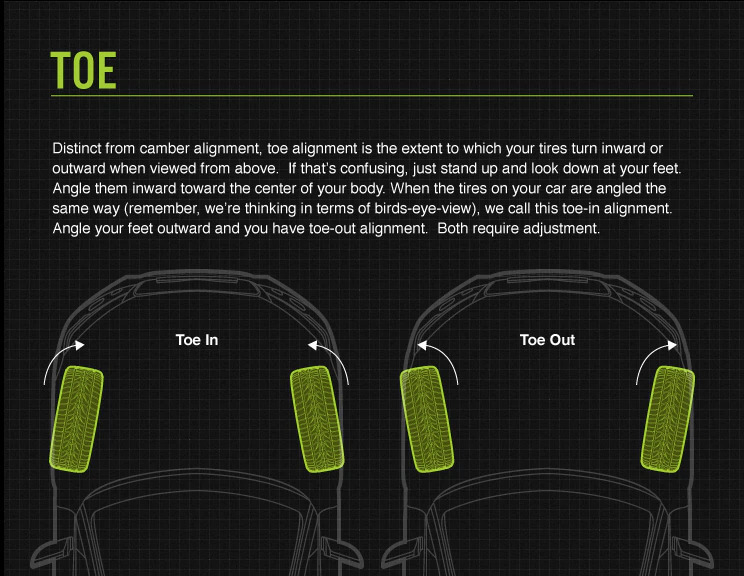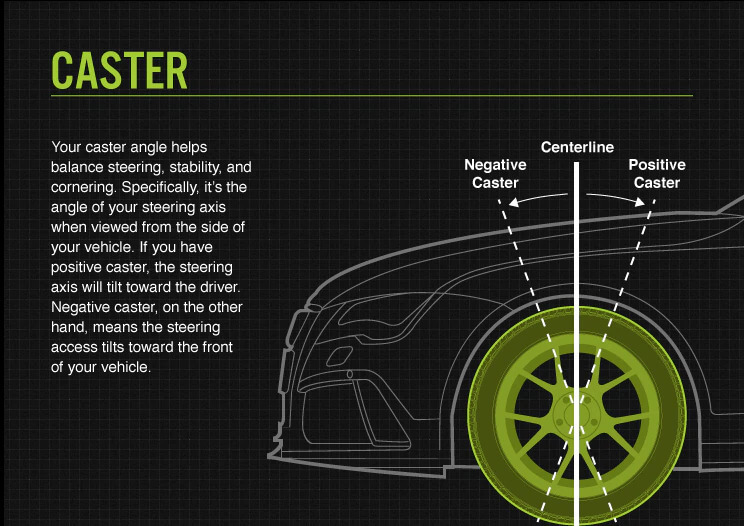
Doing Tire Alignment regularly comes with some serious perks, but it is often neglected by most car owners.
Better fuel efficiency, smoother ride, and improved safety are just a few of the benefits you’ll enjoy after your wheel alignment.
So, when do you know if you need a tire alignment?
Look out for the following indicators:
- Uneven tread wear
- Vehicle pulling to the left or right
- The steering wheel is off-center when driving straight
- Steering wheel vibration
If you’ve noticed these happening, you should drop by the nearest Bridgestone dealership store and ask for a licensed service technician to check on your alignment immediately.
When a technician checks your tire alignment, he/she will be mainly concerned with 3 things:
Camber, Toe, & Caster
Camber
This is the inward or outward angle of the tire seen from the front of the vehicle. If there is too much inward or outward tilt, it is called a negative and positive camber, respectively this implied improper alignment. You should know that worn bearings, ball joints, and other wheel-suspension parts may contribute to camber misalignment.

Toe
This is the extent to which your tires turn inward or outward when viewed from above. When your tires are angled the same, this is called toe-in alignment, while if it is angle outward, you have a toe-out alignment. Both scenarios require adjustment.

Caster
The caster angle helps balance steering, stability, and cornering. It refers to the angle of your steering axis when viewed from the side of your vehicle. If you have a positive caster, the steering axis will tilt toward the driver. A negative caster, on the contrary, means the steering axis tilts toward the front of your vehicle.
